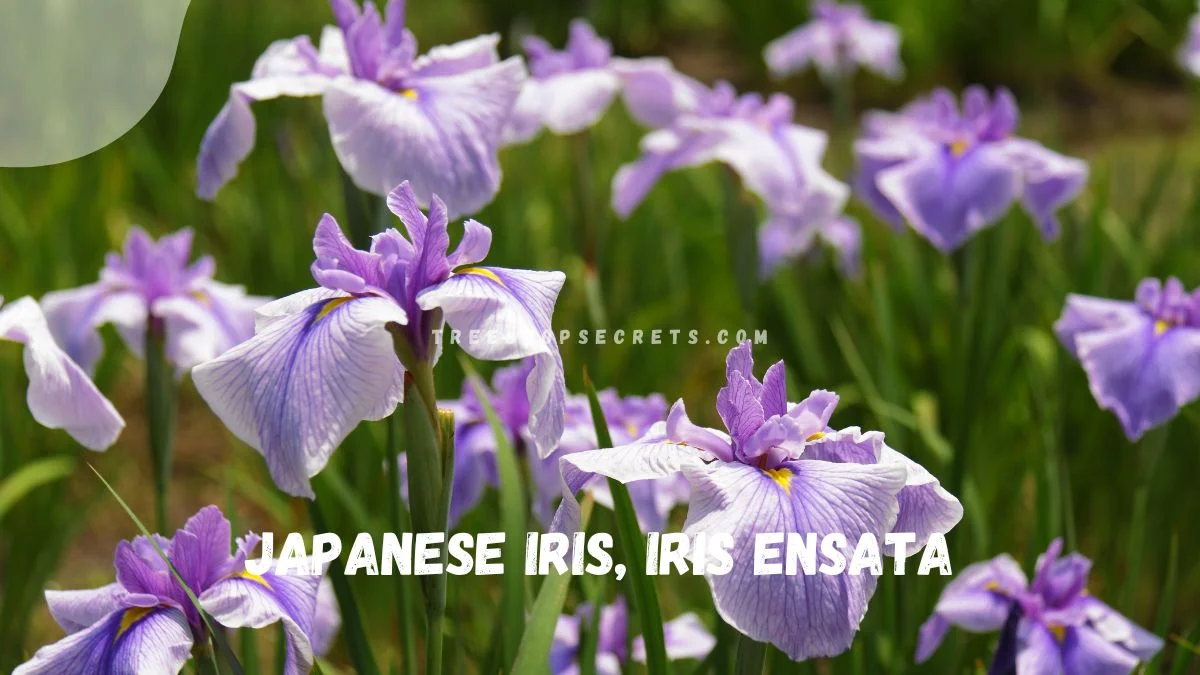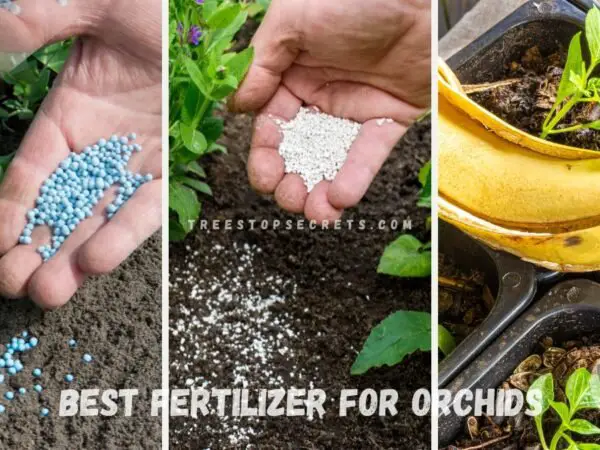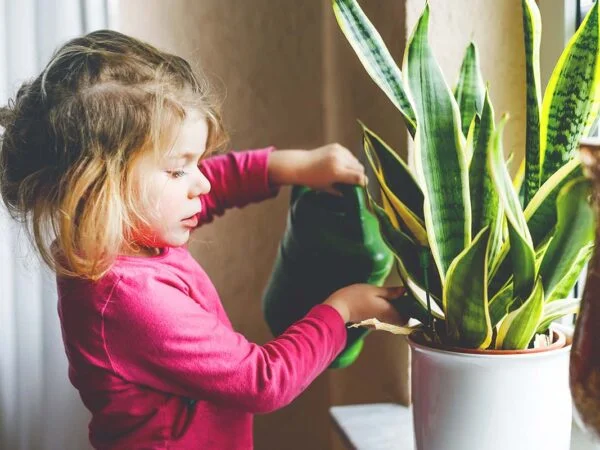Ever wondered if your orchid plants will bloom again? The anticipation of seeing those vibrant flowers reappear can be truly exciting. In this post, we delve into the intriguing question: do orchid plants reflower? Discover the secrets behind coaxing these beauties to bloom time and time again. From essential care tips to understanding their blooming cycles, we've got you covered. Stay tuned to unlock the mystery of keeping your orchids in full bloom all year round.
Key Takeaways
- Understanding the bloom cycles of orchids is crucial for encouraging reflowering.
- Preparing orchids for rebloom involves providing proper care, including light, temperature, and watering conditions.
- Cutting the flower spike after blooms have withered can stimulate the plant to produce new flowers.
- Encouraging natural rebloom by mimicking the orchid's natural environment can enhance flowering success.
- Troubleshooting orchid issues promptly, such as yellowing leaves or root rot, is essential for overall plant health.
- Assessing orchid health regularly through leaf color, root condition, and growth patterns can help prevent problems before they escalate.
Understanding Orchid Bloom Cycles
Orchid flowering times
Orchids follow a natural growth cycle that influences their blooming patterns. Nurseries often manipulate conditions to encourage orchids to bloom throughout the year. On average, it takes some time for a new growth to develop into a fully bloomed flower spike.
Factors such as light, temperature, and humidity play crucial roles in determining when an orchid will bloom. By understanding these factors, you can optimize your orchid's blooming schedule. Nurseries carefully regulate these conditions to ensure a continuous display of vibrant blooms.
Rebloom duration factors
Several factors influence how frequently orchids rebloom. Factors like proper watering, fertilization, and adequate light are essential for encouraging reblooming. Some orchids may even surprise you by flowering again within the same season.
To ensure your orchid remains healthy and happy for consistent reblooming, provide it with the right conditions. Regularly check the plant for any signs of distress or disease, and make adjustments as needed. Proper care and attention will reward you with beautiful blooms year after year.
Preparing Orchids for Rebloom
After-bloom care
After orchid flowers wilt or the flower spike dries up, consider cutting the spike above a node to promote new growth. Remove spent blooms to encourage new flower buds. Additionally, provide complete orchid fertiliser to support healthy growth.
Light and location
Light and location are crucial for orchid growth. Ensure your orchids receive sufficient light, but avoid direct sunlight that can damage leaves. Proper light and location are essential for encouraging new orchid flowers.
Water management
Proper water management is key for orchids. Avoid overwatering as it can lead to root rot, while underwatering can cause dehydration. Maintaining proper water levels is vital for the health of your orchids.
Feeding and fertilizers
Feeding and fertilizers play a significant role in orchid care. Choose fertilizers specifically formulated for orchids to provide essential nutrients. Follow a feeding schedule to ensure optimal health and encourage repeat flowering.
Cutting the Flower Spike
When to cut
Knowing when to cut the flower spike off your orchid is crucial for its health and future growth. Look for signs of wilted flowers on the spike, indicating that it's time for trimming. Cutting at the right moment can encourage new flower spikes and gorgeous blooms in the future.
Understanding the significance of removing wilted flowers from the spike is essential. By cutting off these spent blooms, you redirect the plant's energy towards new leaf growth and overall vitality. This process stimulates the orchid to focus on producing a new flower spike instead of maintaining old ones.
Cutting the flower spike at the appropriate time can have a significant impact on your orchid's reproductive cycle. By removing the spent spike promptly, you create space for new growth and allow the plant to channel nutrients towards developing a fresh flower spike. This practice sets the stage for future blooming cycles and ensures the orchid's continued health.
How to trim
After your orchid has finished flowering, explore different trimming options to maintain its health and encourage reblooming. Learn how to trim the flower spike or even the entire stem with precision. Understanding these trimming techniques is vital for promoting new growth and ensuring your orchid's well-being.
To effectively trim an orchid's flower spike, use clean and sharp scissors to make a precise cut above a node or joint. This technique prevents damage to the remaining stem and encourages healthy regrowth. If necessary, consider trimming the entire stem back to the base, allowing the plant to focus its energy on producing new spikes.
Mastering the art of trimming orchids is essential for their long-term health and vitality. By employing proper techniques, you can ensure that your orchid continues to thrive and produce stunning blooms season after season. Regular trimming sessions help maintain the plant's shape, encourage new growth, and promote overall well-being.
Handling multiple spikes
Managing orchids with multiple flower spikes requires specific care techniques. To optimize growth and blooming potential, follow best practices for handling multiple spikes carefully. Discover how to trim these additional spikes effectively to encourage reblooming and ensure your orchids remain healthy and vibrant.
When dealing with multiple flower spikes on an orchid, prioritize individualized care for each spike. Tailor your trimming approach based on the condition of each spike and its blooming cycle. By providing targeted care, you can maximize the plant's potential for producing gorgeous blooms across all spikes simultaneously.
Learning how to manage multiple flower spikes effectively is key to maintaining a thriving orchid collection. By implementing proper trimming practices and attentive care routines, you can support optimal growth, encourage reblooming, and enjoy a continuous display of beautiful flowers.
Encouraging Natural Rebloom
Proper care techniques
Maintaining healthy orchids involves providing adequate care, including proper watering, light exposure, and temperature control. Regularly inspect your orchids for pests or diseases to address issues promptly. Avoid overwatering as it can lead to root rot, impacting the plant's ability to rebloom.
Bloom booster vs fertilizer
Bloom boosters contain higher levels of phosphorus, promoting flowering, while regular fertilizers provide overall nutrients for plant growth. Use bloom boosters during the blooming phase to enhance flower production. Be cautious with the application to prevent nutrient imbalance in your orchids.
Switching fertilizers
When transitioning between fertilizers, ensure a gradual shift to avoid shocking the plants. Consider changing fertilizers if you notice reduced blooming or slow growth in your orchids. Monitor the plant's response to the new fertilizer to assess its effectiveness.
Troubleshooting Orchid Issues
Not reblooming causes
Orchids may not rebloom due to insufficient light, which is crucial for their flowering process. Inadequate watering can also hinder reblooming, as orchids require proper hydration to produce flowers. Improper temperature levels can impact the blooming cycle of orchids.
To address these issues, ensure your orchid receives indirect sunlight for optimal growth. Water orchids only when the soil is dry, avoiding overwatering that can lead to root rot. Maintain a consistent temperature range between 65-75°F for healthy blooming.
Addressing bud blast
Bud blast in orchids occurs due to stress factors like sudden temperature changes or drafts. Pests and diseases can also cause bud blast, affecting the development of flower buds. To prevent bud blast, maintain a stable environment for your orchid and regularly inspect for any signs of pests.
When dealing with bud blast, remove affected buds promptly and treat the plant with an appropriate orchid-safe pesticide. Ensure your orchid is placed in a location with consistent humidity levels to prevent further bud blast occurrences.
Dying orchids help
Distinguishing between normal cycles and dying orchids is essential for proper care. When orchid flowers wilt or the flower spike dries up, it indicates the end of the blooming phase. To revive seemingly dying orchids, trim any dead parts carefully and repot the plant if necessary.
Provide adequate air circulation around the orchid to promote healthy growth. Adjust watering frequency based on the plant's needs and avoid letting water sit in the crown of the plant. By following these steps, you can help rejuvenate your orchid back to health.
Assessing Orchid Health
Light sufficiency
Providing sufficient light is crucial for healthy orchids as they rely on light for photosynthesis. Without enough light, orchids may not bloom properly. To assess light levels, check if the leaves are a healthy green color and not yellowing. If the leaves are dark green or floppy, it could indicate too much light.
Insufficient light can lead to weak growth and lack of flowering in orchids. To address this issue, consider moving your orchids to a brighter location with indirect sunlight. Supplemental grow lights can also be used to ensure adequate light levels for optimal orchid health.
Spike vs root
Understanding the difference between the flower spike and the root system is essential for proper orchid care. The flower spike is where blooms emerge, while the roots are responsible for absorbing water and nutrients. Both components play critical roles in the overall health and growth of orchids.
To care for the flower spike, provide support as needed to prevent bending or breaking. Trim dead spikes to promote new growth. For the roots, ensure they have proper drainage to prevent rotting. Repotting orchids when roots outgrow their current container is crucial for maintaining healthy root systems.
Repotting time
Knowing when to repot your orchids is key to ensuring their continued health and growth. Signs that indicate the need for repotting include overcrowded roots, poor drainage, or when the potting medium breaks down. Repotting should typically be done every 1-2 years to refresh the growing medium and provide space for root expansion.
When repotting orchids, carefully remove them from their current container and inspect the roots for any signs of damage or disease. Trim away any dead or rotting roots before transferring the plant into a new pot with fresh potting mix. Water thoroughly after repotting to help the plant establish itself in its new environment.
Preventing Common Problems
Excessive light issues
Excessive light exposure can cause harm to orchids, leading to issues like sunburn and leaf damage. Orchids thrive in indirect light, so too much direct sunlight can hinder their growth. Signs of excessive light include yellow or brown spots on leaves and burnt leaf tips. To mitigate these problems, place orchids in a location with bright, indirect light or use sheer curtains to filter intense sunlight.
Insufficient light solutions
Insufficient light is problematic for orchids as it can result in poor blooming and weak growth. To address this issue, consider placing orchids near east or west-facing windows for adequate sunlight exposure. Supplemental artificial lighting can also be used to ensure optimal light levels for orchid development. Adjusting the lighting conditions by moving plants closer to windows or using grow lights can help maintain healthy orchids.
Preventing bud blast
Bud blast is a common issue that others may face when growing orchids. To prevent this, maintain stable temperatures and humidity levels around the orchids. Avoid sudden temperature fluctuations and drafts that can stress the plants and lead to bud blast. Providing proper air circulation and avoiding overwatering can also help prevent this problem, ensuring your orchids bloom beautifully.
Advanced Care Tips
Repotting tips
When repotting orchids, choose the right time to ensure minimal stress on the plant. Check the roots for health before repotting. Avoid overpotting, as it can lead to root rot and other issues.
- Use a well-draining potting mix suitable for orchids.
- Select a container with proper drainage holes to prevent waterlogging.
Fertilizer secrets
Fertilizing orchids is crucial for healthy growth and blooming. Select a balanced fertilizer specifically formulated for orchids. Apply fertilizer at quarter strength to prevent burning the roots.
- Consider using a fertilizer high in nitrogen during the growing season.
- Adjust fertilization frequency based on the orchid's growth stage.
Summary
You've learned how to understand orchid bloom cycles, prepare your plants for reblooming, and troubleshoot common issues. By cutting the flower spike and encouraging natural reblooms, you're on your way to keeping your orchids healthy. Remember to assess their health regularly, prevent problems, and apply advanced care tips for optimal growth. Keep nurturing your orchids with the knowledge gained here to enjoy beautiful blooms year after year.
Remember, caring for orchids is a rewarding journey that requires patience and attention to detail. Apply these tips consistently, and you'll soon become an expert orchid caretaker. Your efforts will be rewarded with stunning blossoms and thriving plants. Happy gardening!
Frequently Asked Questions
Can orchid plants reflower after blooming?
Yes, orchid plants can rebloom multiple times if cared for correctly. Understanding their bloom cycles and following proper care techniques can encourage natural reblooming.
How do I prepare my orchids for rebloom?
To prepare orchids for rebloom, focus on cutting the flower spike correctly, providing proper care conditions, and ensuring they have adequate light, water, and nutrients.
What should I do after cutting the flower spike of an orchid?
After cutting the flower spike of an orchid, focus on encouraging natural rebloom by providing optimal care conditions, such as appropriate lighting, watering, and fertilizing to support new growth.
What are some common issues when caring for orchids?
Common issues when caring for orchids include overwatering, inadequate light, improper humidity levels, and pest infestations. Regularly assessing orchid health and addressing any problems promptly can help prevent issues.
How can I prevent common problems when caring for orchids?
To prevent common problems when caring for orchids, ensure you provide the right growing conditions, monitor plant health regularly, follow proper watering and fertilizing practices, and address any issues promptly to maintain orchid health.
Are there advanced care tips for nurturing orchids?
Advanced care tips for nurturing orchids include adjusting environmental conditions based on the plant's needs, experimenting with different fertilizers or potting media, implementing specialized care techniques for specific orchid varieties, and seeking professional advice for complex issues.
Image Source: Paid image from CANVA




